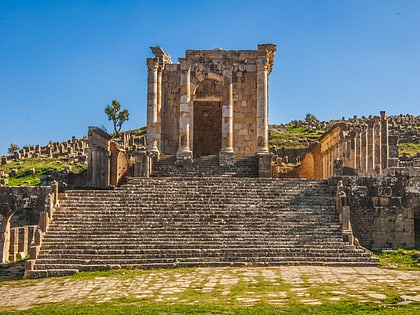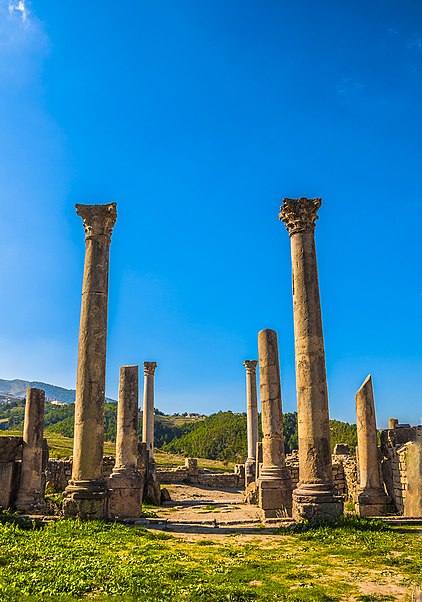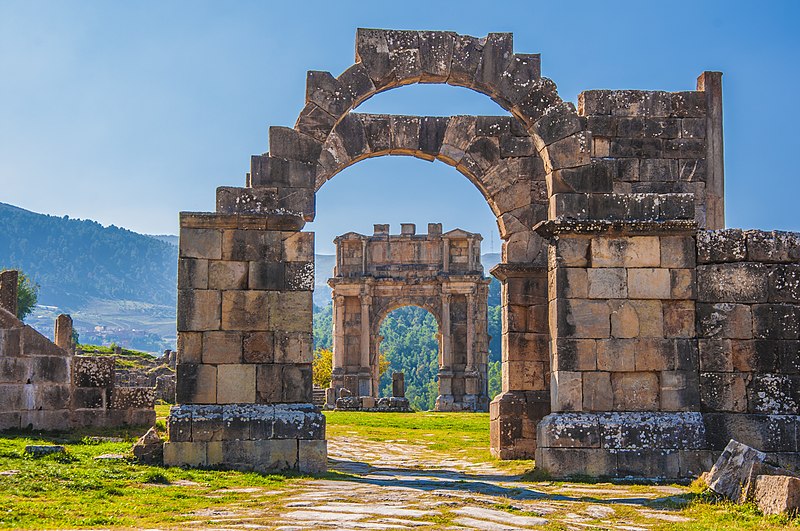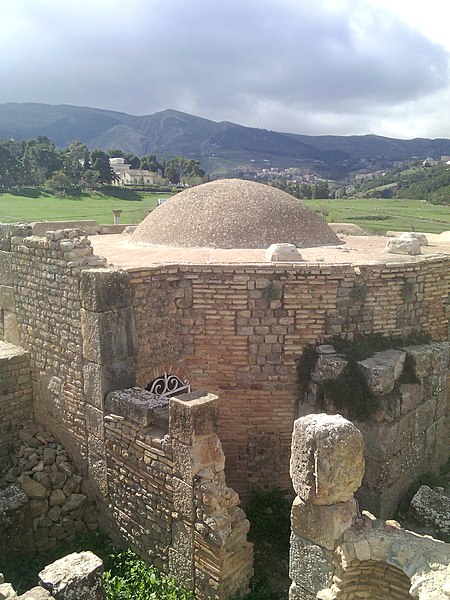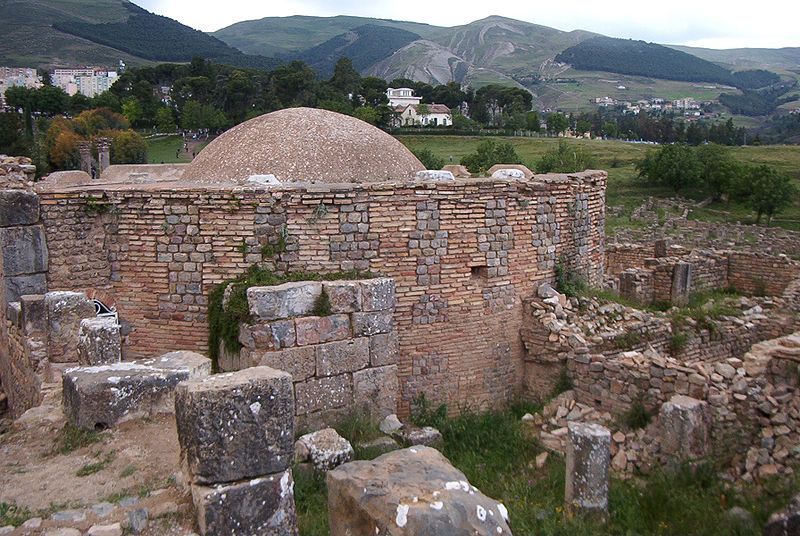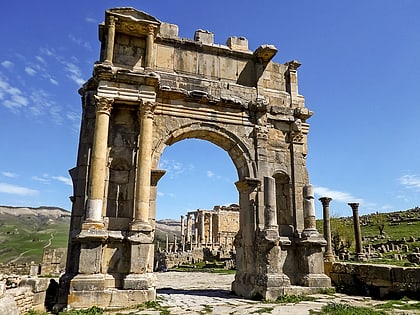Djémila
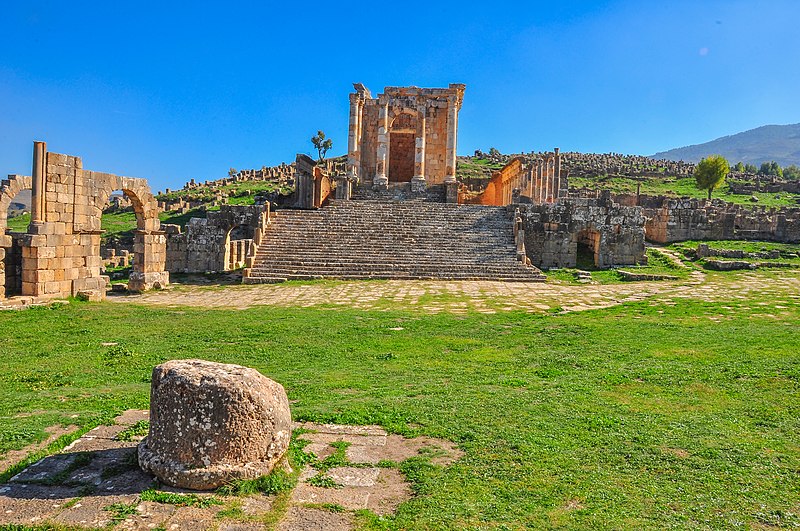
Facts and practical information
Nestled in the mountainous terrain of northern Algeria lies Djémila, the remarkable archaeological site that stands as a testament to the grandeur of Roman architecture and urban planning. This ancient city, formerly known as Cuicul, is situated in the Sétif province, approximately 50 kilometers northeast of the city of Sétif.
Established under the reign of Emperor Nerva in the 1st century AD, Djémila is an exemplar of Roman civilization in North Africa. The site encompasses an array of well-preserved ruins that articulate the story of a once-thriving Roman town. Among its ruins, visitors can explore the remnants of a theater, an arch of Caracalla, temples, basilicas, and public baths, all of which paint a vivid picture of life during the Roman Empire.
One of the most striking features of Djémila is its forum, a social and administrative hub that reflects the city's historical significance. The forum is surrounded by majestic columns and a series of inscriptions that offer insights into the city's past. The two Christian basilicas found within the site signify the spread of Christianity in the region and the cultural shifts that occurred over time.
Djémila's impeccable preservation can be attributed to its abandonment in the 6th century, which shielded it from the wear of continuous habitation. It was rediscovered in the 19th century, and subsequent archaeological excavations have revealed a wealth of artifacts, now housed in the on-site museum, offering a glimpse into the daily lives of its ancient inhabitants.
Recognized for its historical and cultural importance, Djémila was inscribed on the UNESCO World Heritage List in 1982. This prestigious designation ensures ongoing efforts to protect and study the site, allowing future generations to appreciate its timeless beauty and historical significance.
Sétif
Djémila – popular in the area (distance from the attraction)
Nearby attractions include: Arch of Caracalla.
